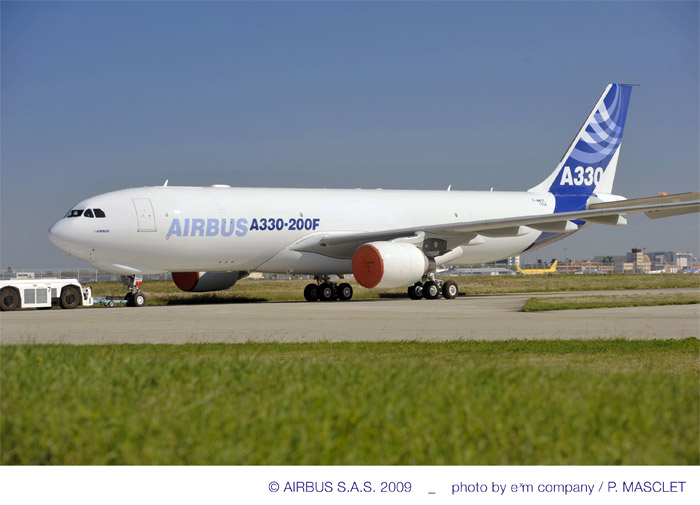Today Airbus Military’s all-new A400M took off for its maiden flight from Seville Airport in Spain. The first entirely new airlifter of the 21st Century took to the air from runway 09 at 10:15 local time (09:15 UTC).
The aircraft, with a take-off weight of 127 tonnes, was equipped with 15 tonnes of flight-test equipment including two tonnes of water ballast and its performance was being monitored in realtime by teams of engineers in Seville and Toulouse using state-of-the-art air-ground telemetry. The crew explored the aircraft’s handling characteristics in the various flap configurations, checked the powerplant operation and made initial evaluations of the aircraft’s systems.
Its four all-new Europrop International (EPI) TP400D turboprop powerplants producing 11,000shp (8,200kW) each are the most powerful propeller engines ever fitted to a Western aircraft.
The duration of the flight was 3h 47min and ended with a landing back at Seville in front of more than 2,000 media, VIPs and Airbus Military staff.
Video of the A400M first flight:
Over the last four weeks the aircraft has been extensively tested on the ground in an increasingly challenging programme leading up to the first flight.
The engines have been run at full power, the electrical systems and on-board data network exhaustively tested, and numerous taxying runs at progressively higher speeds have been performed culminating in a rejected take-off test at a speed of 123kt (227km/hr) on 8th December.
Today’s first flight marked the beginning of a test campaign that will see some 3,700 hours of flying by an eventual five aircraft conducted between now and entry-into-service at the end of 2012. The A400M will receive both civil certification by the European Aviation Safety Agency (EASA) and military certification and qualification.
The A400M was designed from the outset as an aerial refueller and can offload fuel to both fighters and helicopters at their preferred speeds and heights.
The A400M features the same proven fly-by-wire controls technology as Airbus’ highly successful airliner family and an advanced cockpit that has evolved from that of the A380. Carbon-fibre reinforced plastic (CFRP) wings and other large structures bring weight and strength advantages and cut the risk of corrosion.
Photo of the A400M cockpit:
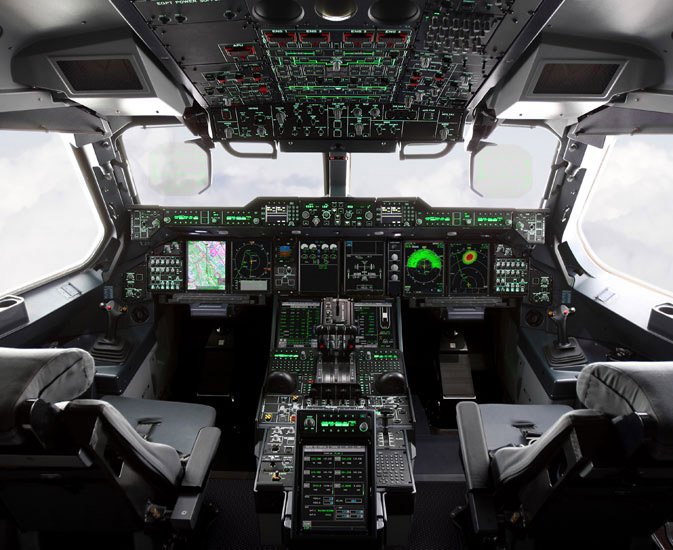
A total of 184 aircraft have so far been ordered by Belgium, France, Germany, Luxembourg, Malaysia, Spain, Turkey and the United Kingdom,
Source, Photo & Video: Airbus

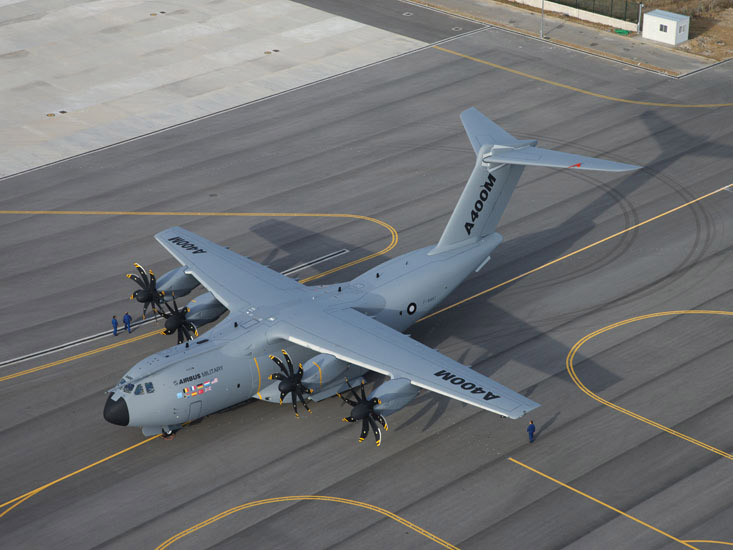
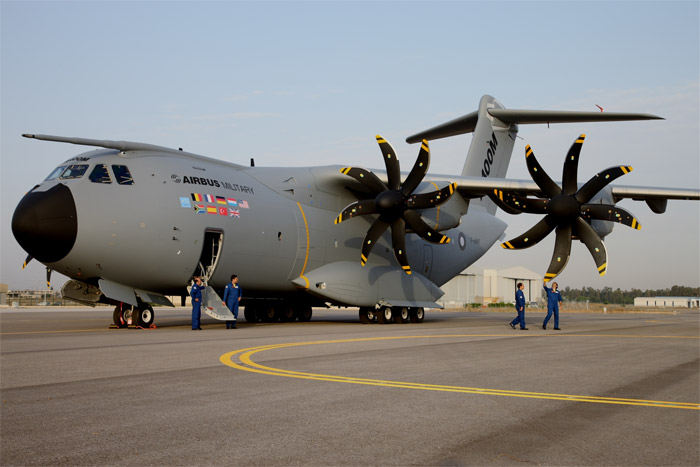

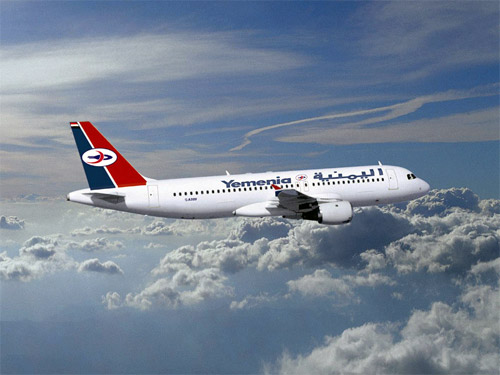

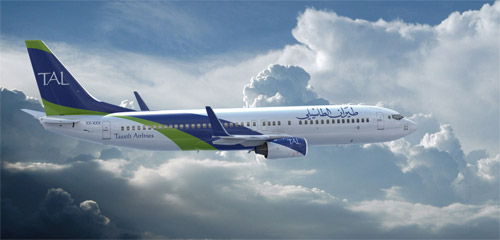
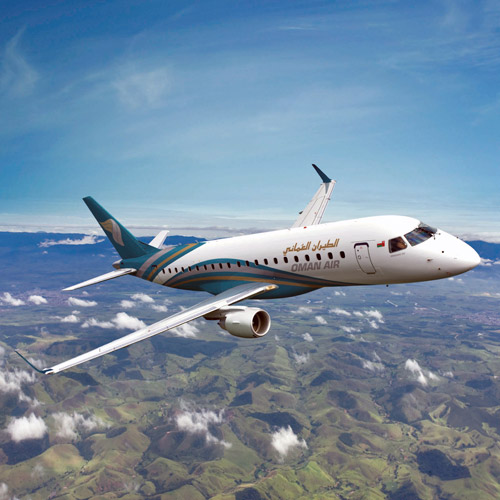


 The European Aviation Safety Agency (EASA) has approved all Airbus A330 models for ETOPS (Extended-Range Operations for two-engined aircraft) “beyond 180 minutes.” This award makes the A330 the first aircraft type to receive such approval, either from EASA or the FAA. The new capability will be available as a customer-selectable option which extends the diversion distance potentially up to 1,700 nm. This distance corresponds to a maximum ETOPS diversion time for the A330 of approximately 240 minutes (at one-engine-inoperative speed under standard conditions).
The European Aviation Safety Agency (EASA) has approved all Airbus A330 models for ETOPS (Extended-Range Operations for two-engined aircraft) “beyond 180 minutes.” This award makes the A330 the first aircraft type to receive such approval, either from EASA or the FAA. The new capability will be available as a customer-selectable option which extends the diversion distance potentially up to 1,700 nm. This distance corresponds to a maximum ETOPS diversion time for the A330 of approximately 240 minutes (at one-engine-inoperative speed under standard conditions).
